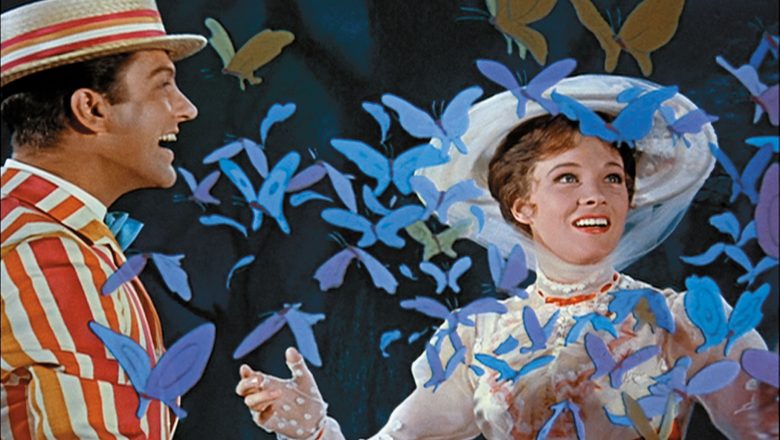When you stop and think that Mary Poppins was made without anyone setting foot in London—or even outside a soundstage in Burbank—you instantly understand the kind of visionary special-effects work on vivid display in this classic Disney film. Mary Poppins was, as Disney Legend Dave Smith says, the “culmination of years of Disney innovation. In fact, only Mark Breaux and Dee Dee Wood, the choreographers, and Irwin Kostal, musical arranger had to be brought in from the outside. Disney staff members could be called upon for all of the other tasks.” The Best Visual Effects Oscar® was given to Peter Ellenshaw, Eustace Lycett, and Hamilton Luske, who used everything from the two-strip sodium process to combine actors and background footage in scenes like the “Jolly Holiday” sequence to bungee cords used to help characters soar above London rooftops. Ellenshaw’s huge matte paintings—painted on large sheets of glass—are among the most striking examples of special effects ever created. As Craig Barron, co-author of the book The Invisible Art: The Legends of Movie Matte Paintings, observed, “His [Ellenshaw’s] matte painting work belongs to that unsung craft that’s now virtually disappeared. With only a small crew, he created, almost single-handedly, incredible movie making locations with just the sublime artistry of brush strokes—literally the ‘art’ in movies that generations of audiences have appreciated unawares, thanks to the skill of this great movie artist.”



